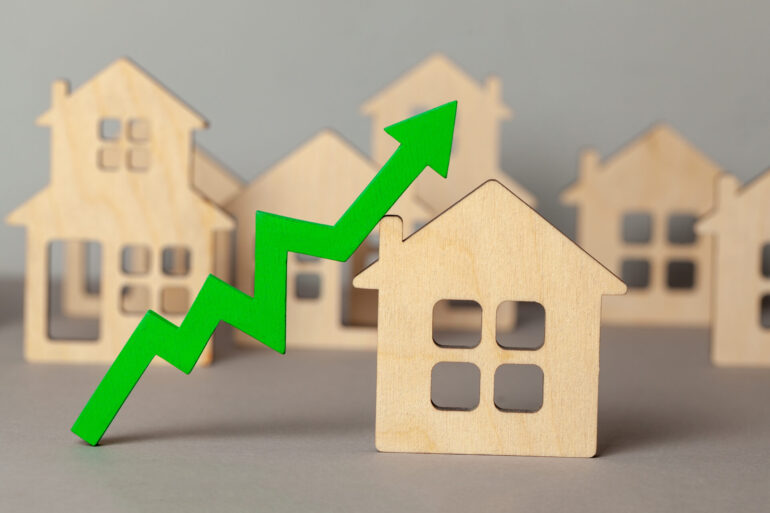Savills predicted average UK house prices would rise by 24.5% over the next five years, adding around £86,300 to the average price.
The firm revised its 2025 house price forecast down to 1.0% from 4%, but increased its total five-year outlook, citing a more relaxed approach to mortgage affordability tests as a key factor behind the change.
For 2025, Savills forecast house price growth of 1.0%, followed by 4.0% in 2026, 6.0% in both 2027 and 2028, and 5.5% in 2029.
The previous forecast for 2025 to 2029 totalled 23.4%.
Savills forecast UK residential transactions would reach 1.04 million in 2025, rising to 1.19 million by 2028.
The year-end bank base rate was expected to fall from 3.75% in 2025 to 2.5% in 2027.
Over the five-year period, real GDP growth was forecast at 7.6%.
Lucian Cook, head of residential research at Savills, said: “Interest rates have fallen as expected, giving buyers a bit more financial capacity than they had a year ago.
“But a lot has changed over the last six months. Greater geopolitical uncertainty – including tariffs and trade wars – has made predicting the precise path of further cuts more challenging.
“The last three months have been marked by a lack of buyer activity, despite improving affordability, and annual house price growth slowed to 2.1% in the year to June, according to Nationwide (down from 4.7% in December 2024).”
Cook added: “In light of this and the potential for more buyer uncertainty in the run up to the Autumn Budget, we have revised our house price forecast for this year.”
“Recent easing of mortgage regulations, including more flexibility on affordability stress tests and higher allowances for loans above 4.5 times income, is likely to boost transaction volumes, particularly by helping more first-time buyers get on the ladder.
“As a result, we expect that by 2027, transaction numbers will approach the post-GFC norm of 1.2 million per year.”
Regionally, Savills forecast the strongest five-year growth in the North West at 31.2%, followed by Scotland at 29.4% and Wales at 28.2%.
The South East and South West were expected to see lower growth at 20.4%, while London was forecast to rise by 15.3%.
Savills said 2025 market activity was affected by how buyers responded to Stamp Duty changes, with a surge in early-year transactions followed by a sharp drop in new buyer enquiries.
Supply stayed positive, but sales agreed were still low, leading to a 0.5% dip in prices in the second quarter.
Emily Williams, director of research at Savills, said: “We anticipate that buyer demand will pick up heading into early autumn, particularly among first-time buyers and mortgaged home movers, driven by an expected base rate cut in August and a more competitive mortgage market.
“Consumer confidence in June was the joint highest since last summer, and mortgage rates remain at their lowest for a while.”
Total transactions for 2025 is projected to reach 1.04 million.
High supply levels were expected to temper price growth, but Savills maintained a positive outlook for the year.
Dan Hill, research analyst at Savills, said: “Falling interest rates in combination with relaxation around affordability tests will open up greater capacity for house price growth than would otherwise be the case, ultimately leading to a higher transaction market.
“We expect this to offset the weaker economic outlook over the forecast period, albeit the softened prospects for economic growth will temper homebuyers appetite to stretch themselves much further.
“However, recent experience tells us that the path of interest rates is often winding and uneven, and we should therefore still treat the outlook with caution.”
Hill added: “Higher than expected inflation in the UK is making policymakers cautious when it comes to further base rate cuts.
“While we have forecasts based on the scenario described, there are ongoing risks in both directions which have the potential to disrupt the housing market.”




